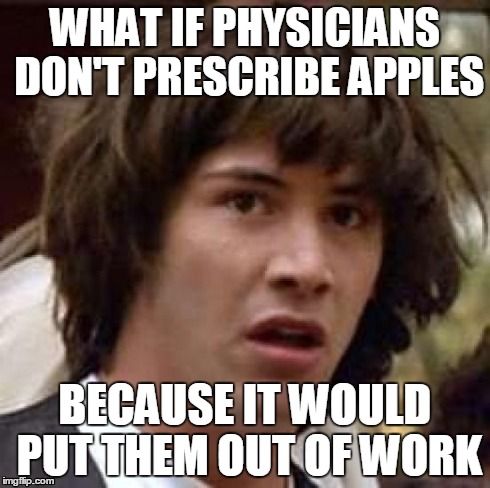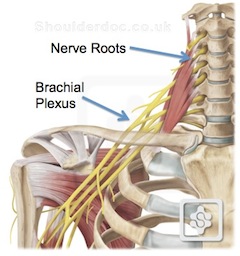Just Breathe
In the last week I have discussed breathing techniques with many of my clients. It tends to elicit the same response every time, shock with a little confusion. When in doubt about pain or dysfunction in the body, I look to breathing first. More often than not if we fix the way we breathe on a day to day basis, we begin to heal our body. In this post we will delve into the importance of breathing techniques, application of breathing techniques, and how to change your breathing habits.

If you watch a baby breathe you see their belly rise and fall with each breath, however if you look at a child as they grow they start to develop "chest breathing". There are many reasons that attribute to the change in breathing habits. One is the simple fact that as a society, we like to have flat stomachs. Many people would rather not have their tummy inflating and deflating and giving them the look of a potbelly whenever they breathe. Another reason is that as we get older our stress levels go up, and as a result we activate our chest breathing in order to put ourselves into a fight or flight response. While this is okay in an emergency situation we should not constantly be at this stress level. When you learn to breathe this way as a child and then grow up doing this, it is very hard to change, as it becomes habit. Not to mention you usually don't notice your breathing unless someone tells you to think about it. Now that I've mentioned it, you are probably focusing on your breathing. Don't hold your breath, I have a solution!
Watching an MMA fight last weekend, one thing stood out to me in the final match. No, it wasn't the impressive dance they were both doing around the octagon as they sized each other up. It wasn't even the the blood stains on the ground from a previous fight. ( Gross...). It was the way that one of the competitors was breathing. Even though he was sweating and moving around very quickly, you can very clearly see him use stomach breathing techniques throughout the fight. Watch closely as Tyron Woodley expands and contracts his stomach while he is moving around the ring. ( You don't have to watch the whole thing, just check out the beginning!) This is very important, because even though he is fighting, he remains in a "rest and digest" state by breathing through his stomach, giving him more clarity and a level head as he plays ring around the octagon.
It is important to breathe through your stomach because it activates your diaphragm. The one job of the diaphragm is to expand and contract, to make your breathe in and out. When you breathe through your chest, your diaphragm does not fully activate. Instead, your scalenes are forced to pull your entire rib cage up and down to make room for your lungs to expand. These muscles were never meant to have the strength to lift your rib cage every time you take a breath. Shoulder pain can often stem from incorrect breathing, as your scalenes tighten up under the stress of this work. This whole time, your diaphragm is just sitting there, being lazy and letting the scalenes do it's job for it.
So how do we retrain ourselves to breathe properly. Well, it will not happen over night, but you may as well start now! The easiest way to do this is to come up with a trigger that will remind you to focus on your breathing. My trigger used to be headaches. Every time I would get a headache because of tension in my shoulders, I would be reminded to breathe through my stomach instead of through my chest. You want to focus on pushing out your belly while breathing in, then pushing it back out through your stomach muscles. It is very common to feel a stretching sensation when you first start breathing this way, as your diaphragm has been very still and stiff, so it needs to stretch out.
After you come up with a trigger, focus on follow through. Keep breathing like this as long as you can until you forget again. Soon, your body will get in the habit of breathing this way instead of breathing with your chest. Since this is also an easier way to breathe your body will be pretty happy about the change!
Comment with questions or comments below!
LET'S GET AFFILIATED WITH OUR BODIES!







 .
.